Planting Soybeans
All Planting Soybeans Content
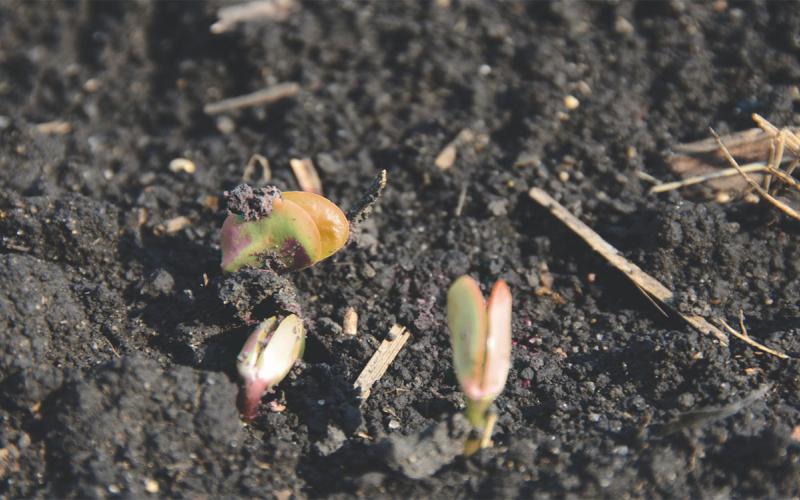
Chilling Injury
Concerned about row crop emergence due to cool spring weather? Learn what crops are most vulnerable to chilling injury and how you can mitigate risk during spring planting.
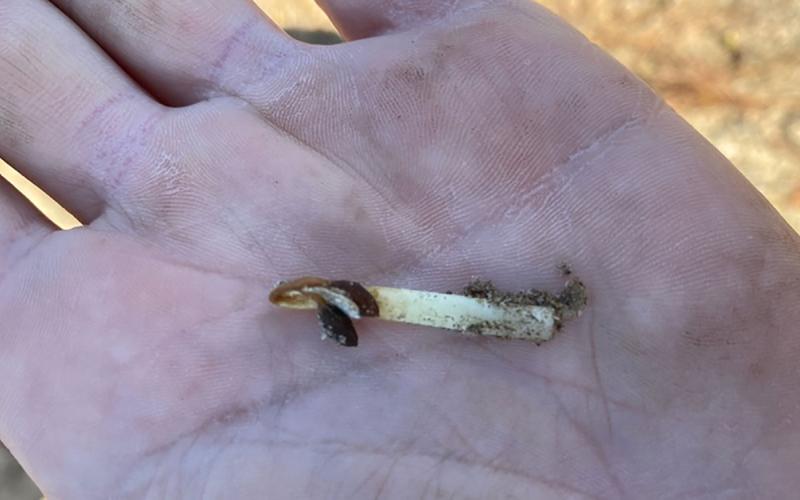
Risks of Early Soybean Planting in South Dakota
Early soybean planting offers potential yield benefits, but it also poses some risks. Learn some expert tips and considerations for early soybean planting this growing season.

Using Data for Better Seed Selection
As harvest wraps up across the region, winter preparation and planning for next year begins. Yield trial results are a key component when making sound seed selection decisions.
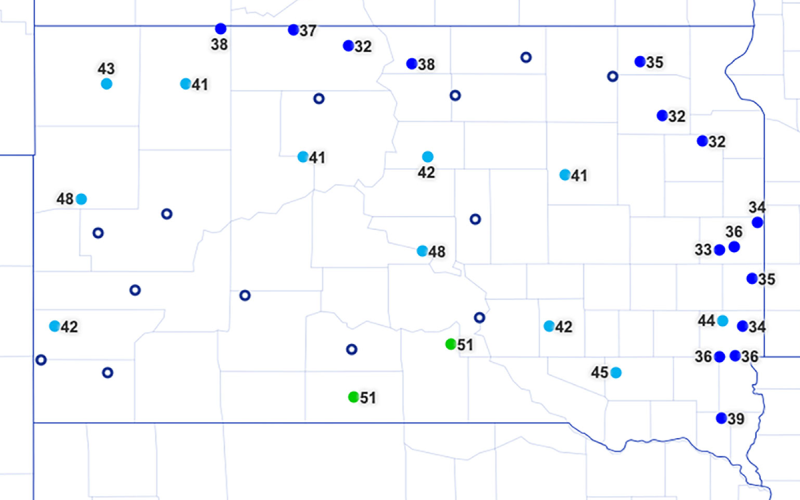
Delayed Planting Due to Soil Temperatures?
Although it can be tempting to get a head start with row crops, it's important to be mindful of soil temperatures and the risks associated with planting early.
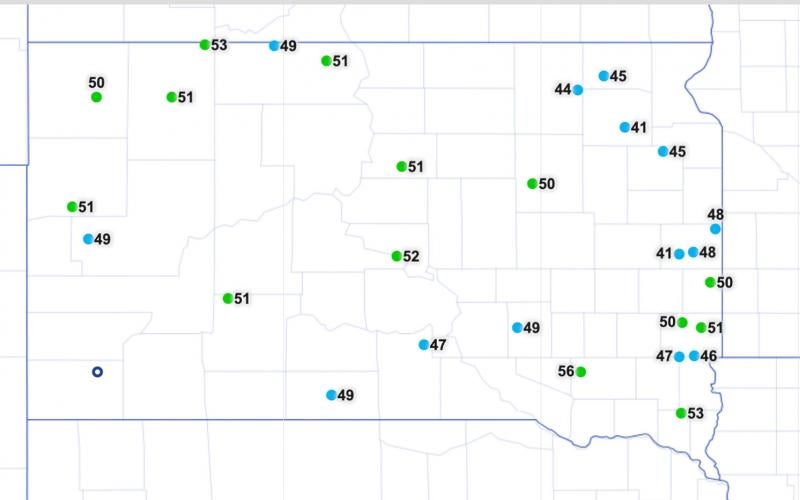
Soil Temperature for Planting Spring Crops
Soil temperature is an important consideration for deciding when to begin planting spring crops. If producers in South Dakota would like a quick reference for soil temperatures in their area, the SD Mesonet network measures soil temperature at several weather stations throughout the state.
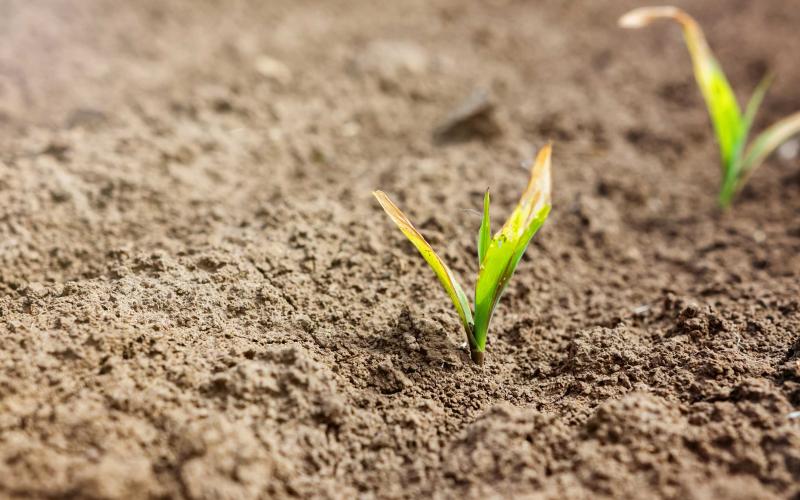
Low Temperature Damage to Corn and Soybean
Temperatures are forecast to reach 32°F or lower in large areas of South Dakota for several nights beginning on May 7, 2020. While a relatively low percentage of planted crops are likely to be emerged at this point in time, producers may still want to evaluate individual fields for crop damage.
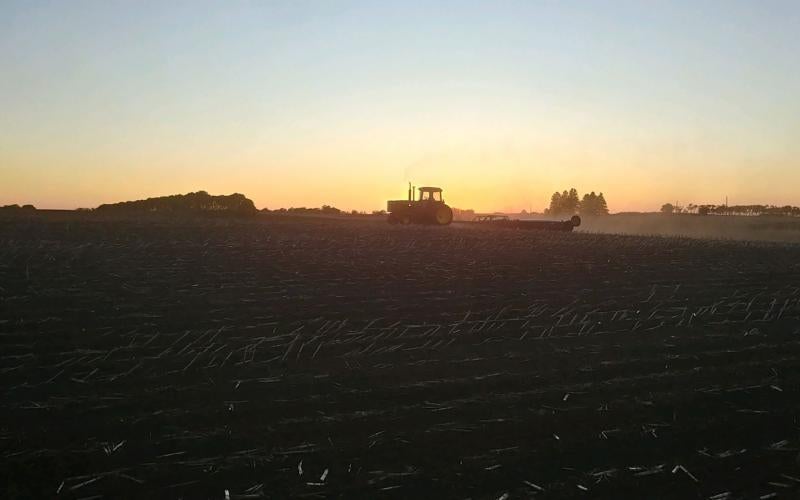
Soybean Rolling: Yield Effects
Land rolling soybeans has become a common management practice in many areas of South Dakota. The main reason for using a land roller on soybean fields is to push down rocks and level the soil surface for harvest, in theory reducing the amount of rocks and other debris that can potentially damage a combine header.
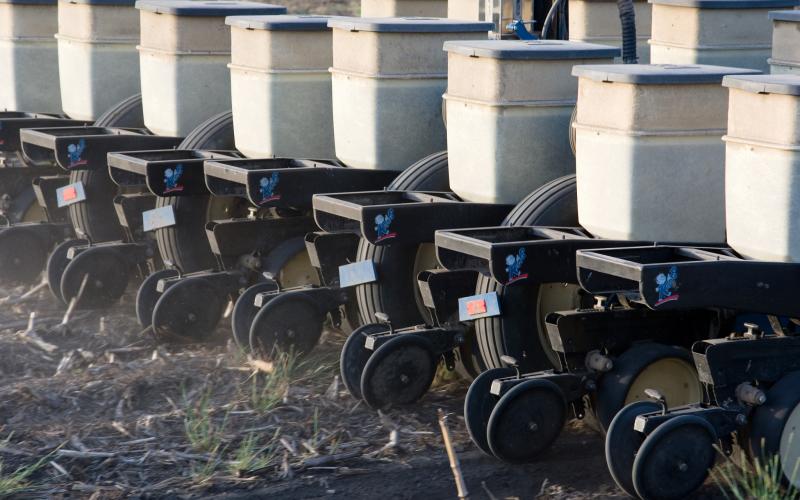
Late Soybean Planting: Management Considerations
While saturated soil conditions are prevalent in many areas of the state, extended weather outlooks suggest that producers may be able to return to the fields and resume soybean plantings in the near future. Should management practices change due to the late planting season?
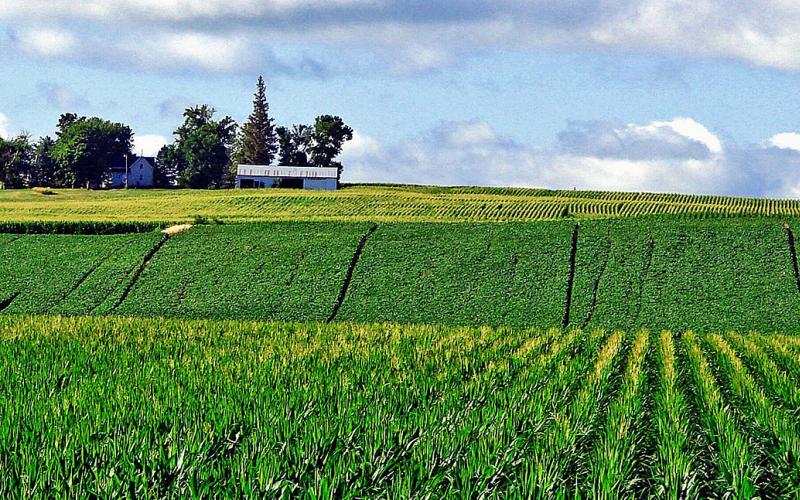
Are My Crops Susceptible to Chilling Injury?
To say that the spring of 2019 has been a challenge for South Dakota producers is an understatement. According to the USDA-NASS, corn and soybean planting progress in SD was pegged at 19% and 4% on May 20th, respectively, which is far below the 5-year averages of 76% and 39%. Last week was the first time much of either crop was planted in SD.
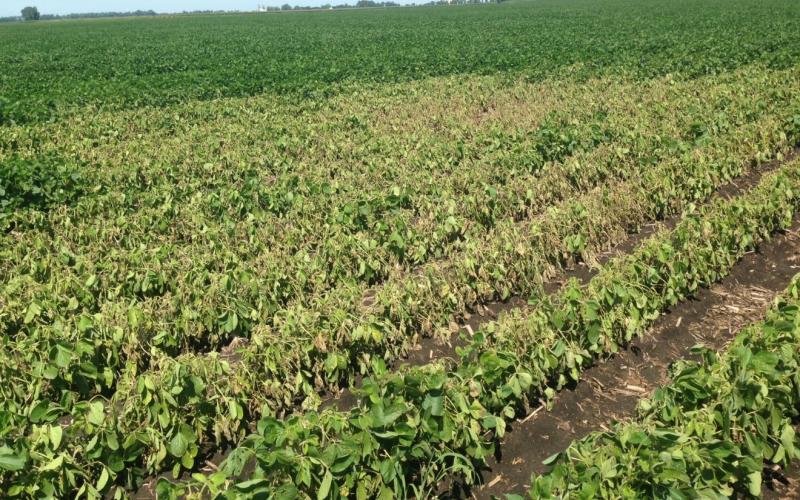
Replanting Considerations
Every season weather events such as hail or flooding can damage or destroy previously planted crops in all or in portions of fields. In May or even early June, many producers will replant these areas. As the end of June approaches, the window for replanting narrows and producers may want to do a more careful evaluation of whether or not to replant.